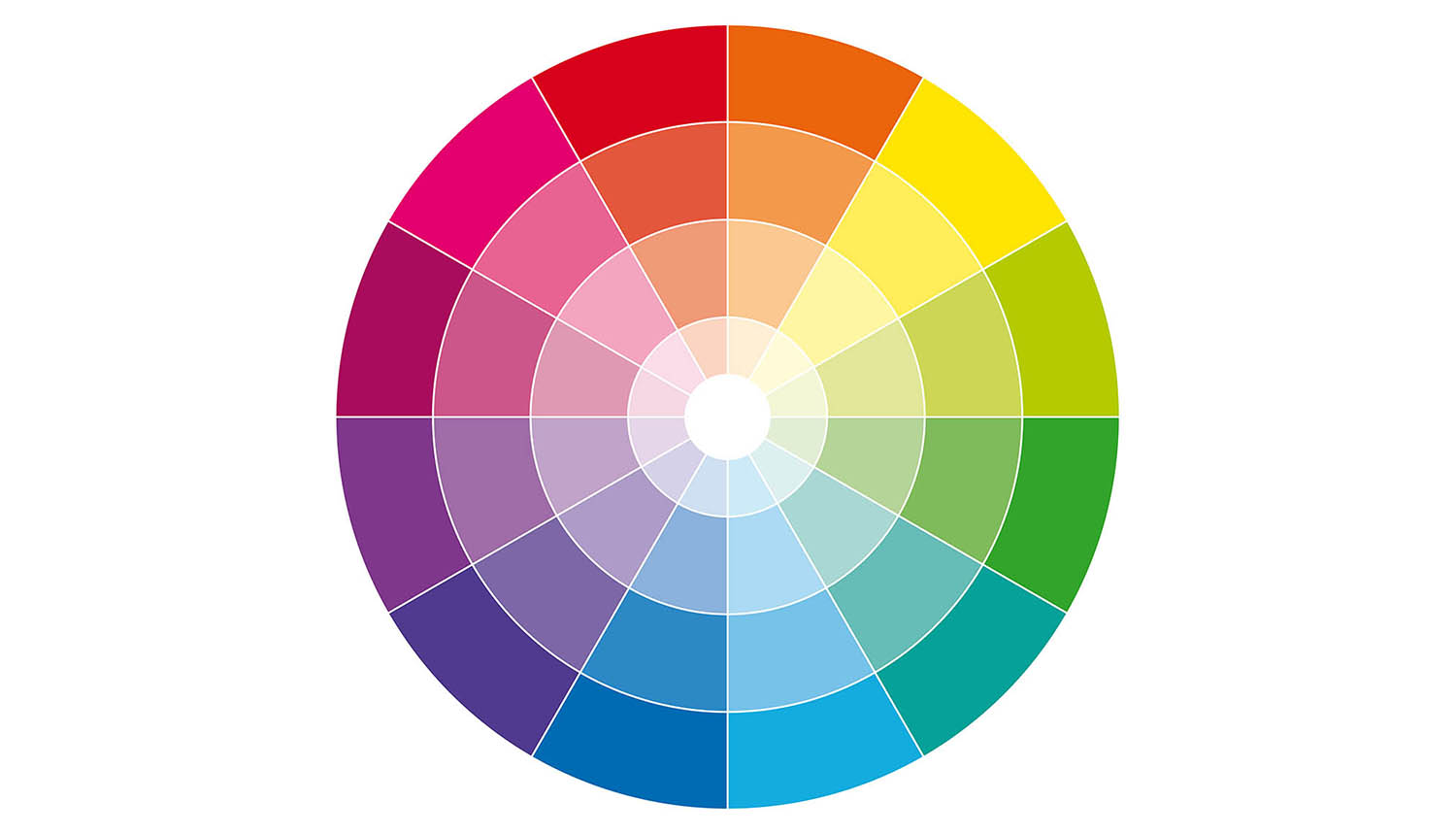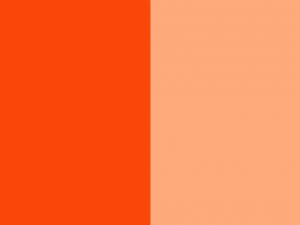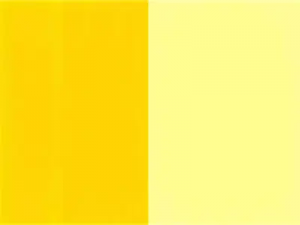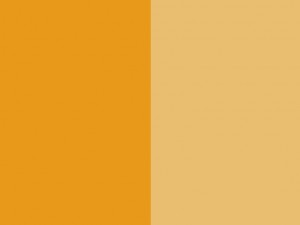Hermcol® Orange G (Pigment Orange 13)
Product Description
| Product Name | Hermcol® Orange G (PO 13) |
| C.I. No | Pigment Orange 13 |
| CAS No | 3520-72-7 |
| EINECS No. | 222-530-3 |
| Molecular Formula | C32H24CI2N8O2 |
| Pigment Class | Disazo |
Features
Hermcol® Orange G is an organic compoundand an azo compound. It is a commercial orange pigment. It is also classified as a diarylide pigment, being derived from 3,3'-dichlorobenzidine. It is closely related to Pigment Orange 3, wherein the two phenyl groups are replaced by p-tolyl groups. Hermcol® Orange G is a semi-transparent disazo orange pigment. It offers good heat fastness, excellent tinting strength and light fastness in coatings and inks. It also has good fastness to solvents.
Application
Hermcol® Orange G is recommended for offset inks, water-based inks, decorative water-based paints,industrial paints, textile printing, PE, PP, rubbers, also suitable for powder coatings, offset inks, PA inks, PP inks, NC inks, UV inks, PVC and PO.
Package
25kgs or 20kgs per paper bag/drum/carton.
*Customized packaging available on request.
QC and Certification
1.Our R&D laboratory features equipment such as Mini Reactors with Stirrers, Pilot Reverse Osmosis System and Drying Units, making our technique in the lead. We have standard QC system which meets EU standard and requirements.
2.With the quality management system certificate of ISO9001 and environmental management system certificate of ISO14001, our company not only sticks to the strict quality-control system according to the international standard, but also focuses on protecting the environment and promoting the sustainable development of itself and the society.
3.Our products meet the stringent mandatory requirements of REACH, FDA, EU's AP(89)1 &/or EN71 Part III.
Specification
Physical and Chemical Properties:
| ITEM |
Specification |
| Appearance |
Orange powder |
| PH value |
6.5-7.5 |
| Strength(%) |
100±5 |
| Oil Absorption (g/100g) |
30-40 |
| Alcohol Resistance |
4 |
| Oil Resistance |
4 |
| Acid Resistance |
4 |
| Alkali Resistance |
4 |
| Light resistance |
6 |
| Heat Stability (℃) |
180ºC |
FAQ
Q:What is the difference between a pigment and a dye?
A:Both pigments and dyes are used to color different materials, but the way in which they do it is very, very different. It’s all got to do with solubility – the tendency to dissolve in a liquid, especially water. dyes are uses in the textile and paper industries. Leather and wood are also usually dyed. As are waxes, lubricating oils, polishes, and gasoline. Food is often colored with natural dyes – or synthetic dyes that have been approved as safe for human consumption. Pigments, on the other hand, usually color rubber, plastic and resin products.
Q:What’s the quality control of Hermata?
A:Quality control is an essential part. It provides assurance that cosmetic products will be of consistent quality appropriate to their intended use.
1) A quality control system should be established to ensure that products contain the correct materials of specified quality and quantity and are manufactured under proper conditions according to standard operating procedures.
2) Quality control involves sampling, inspecting and testing of starting materials, in process, intermediate, bulk, and finished products. It also includes where applicable, environmental monitoring programs, review of batch documentation, sample retention program, stability studies and maintaining correct specifications of materials and products.













